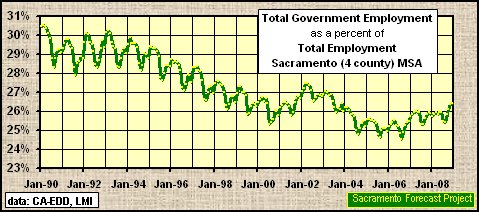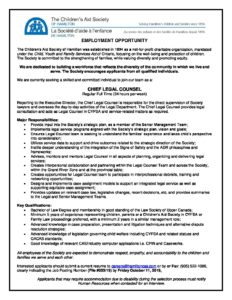
Over the past few years the UK’s Competition and Markets Authority (CMA) has been actively taking steps to address consumer protection concerns with sponsorships and endorsements within social media posts that have not been clearly disclosed.
Indeed, the scale of the issue was highlighted in the Influencer Monitoring Report, published in March 2021 by another regulator, the Advertising Standards Authority (ASA), which found that a staggering 65% of the advertisements it monitored in September 2020 were not properly disclosed as ‘paid for’ content.
The CMA, ASA, and a third regulator, Ofcom, recently published a joint note outlining the regulatory framework to combat “hidden advertising” on social media platforms.
Against this background, in November 2022 the CMA issued new guidance on hidden ads with the aim of enhancing the transparency of online advertising. The regulator makes clear that hidden advertising is both harmful and illegal, and that it will not tolerate non-compliance with the rules.
The guidance sets out the regulator’s expectations for social media platforms, brands and content creators – as to how to ensure ads are compliant with the law. The guidance emphasises the need for each party to be proactive in ensuring the rules are followed, whilst recognising that there are also individual responsibilities to tackle these issues.
Social media platforms
The new guidance for social media platforms acknowledges the responsibilities platforms have under consumer law to prevent and tackle unlawful practices occurring and sets out six new ‘Compliance Principles’ for them to follow:
- Inform content creators that they must clearly label incentivised endorsements as advertising, and clearly distinguish ads from any of their other content.
- Provide content creators with the tools they need to be able to clearly identify their content as advertising.
- Take appropriate, pro-active steps to prevent hidden advertising from appearing on the platform.
- Make it simple for users to report suspected hidden advertising
- Proactively promote and facilitate compliance by brands.
- Take appropriate action where their terms of service are not complied with.
Brands
The new guidance for brands sets out that compliance is also their responsibility and that, no matter the type or amount of incentive offered to content creators, brands must:
- be clear with any content creator they pay or send gifts to that they must label any posts containing any advertisement of their goods/services in an ‘obvious way’ and
- check any social media posts mentioning the brand and take appropriate action if the content creator does not follow these instructions (e.g. asking the content creator to remove or amend the offending post to ensure it accurately reflects the commercial relationship).
Content creators
Further to the Committee of Advertising Practice (CAP) and CMA’s 2020 “Influencers’ Guide” (which we reported on here), the new guidance for content creators provides a reminder to content creators that advertisements should be easily recognisable as such. The regulator is not shy to say that individual influencers may be in breach of consumer protection law if their hidden advertisements mislead the public.
The CMA’s new guidance also contains practical tips on exactly how a post can be compliant, confirming that content creators are required to include the #Ad or #Advert indicators on any paid-for endorsements (as opposed to any unclear or ambiguous hashtags such as #gift, #gifted or #spon, even though such labels are approved in some other markets, such as in the United States, by the US Federal Trade Commission)
The Digital, Culture, Media and Sport Committee’s 2021/22 report on influencer culture made it clear that compliance would be improved if the ASA were to be given the ability to properly enforce the CAP Code by imposing financial penalties itself (which it is currently unable to do). It also supported the CMA’s requests for greater enforcement powers; such as the power to make decisions without needing to go to court and the ability to enforce compliance such as imposing turnover-based fines.
However, in the meantime, the new CMA guidance demonstrates its continued commitment to address consumer protection concerns.
Contact Partner, Carlton Daniel, Global Chair of our Advertising, Media & Brands group for advice on these issues.






More Stories
Disastrous Ronna McDaniel Finally Gains a Worthy Challenger for RNC Chair – RedState
Things To Know About Bicycle Injuries
Subnational Solutions to Deforestation on Display at COP27